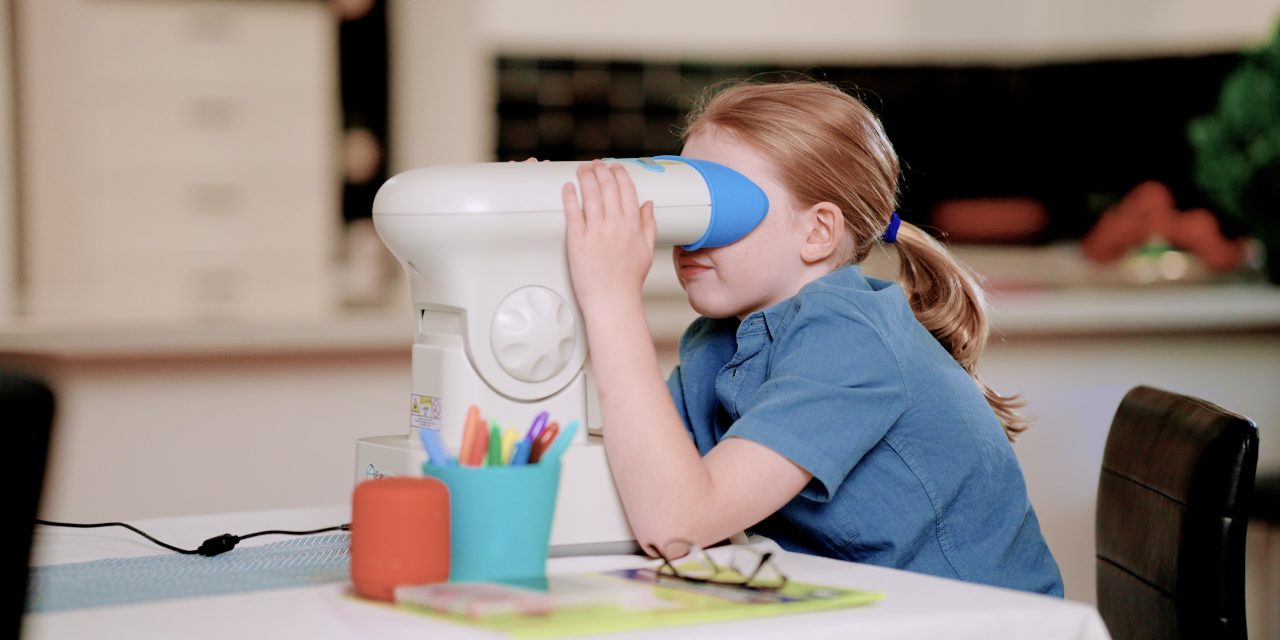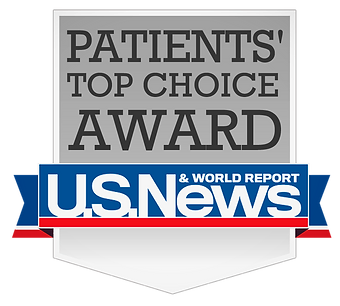Myopia: A Growing Concern
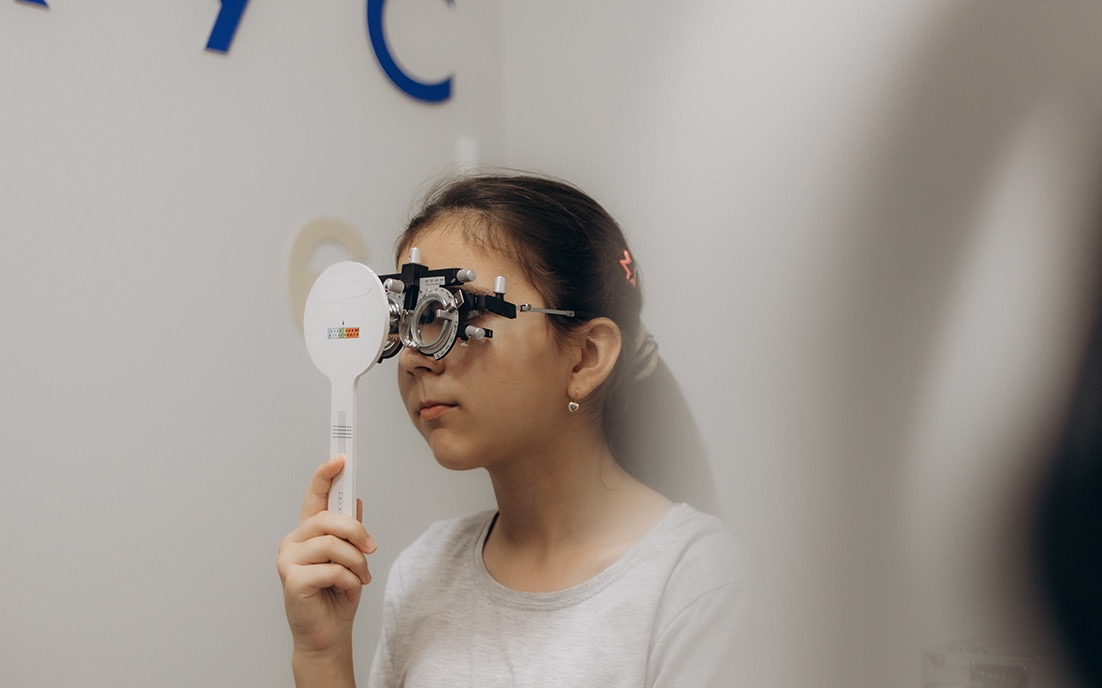
Myopia, or nearsightedness, occurs when the eye grows too long, causing distant objects to appear blurry. This condition is increasingly common among children, with the prevalence of nearsightedness in the U.S. nearly doubling in the last 50 years. Severe myopia is not just a vision inconvenience; it may increase the risk of serious eye problems later in life, such as retinal detachment or glaucoma.
Parents often search for ways to slow their child’s myopia progression. While treatments like low-dose atropine eye drops, specialized contact lenses, and glasses have shown effectiveness, other methods, such as red light therapy, remain under investigation.
What Is Red Light Therapy?
Red light therapy involves exposing the eyes to low-level red light using a device for a few minutes daily. This treatment, popular in some Asian and European countries, aims to increase blood flow to the eye tissues. However, the exact mechanism by which it might control myopia is not fully understood.
Although some studies suggest potential benefits, red light therapy has not yet been tested or approved by the U.S. Food and Drug Administration (FDA). This lack of regulation raises concerns about its safety and long-term effects.
Promising Results in Early Studies
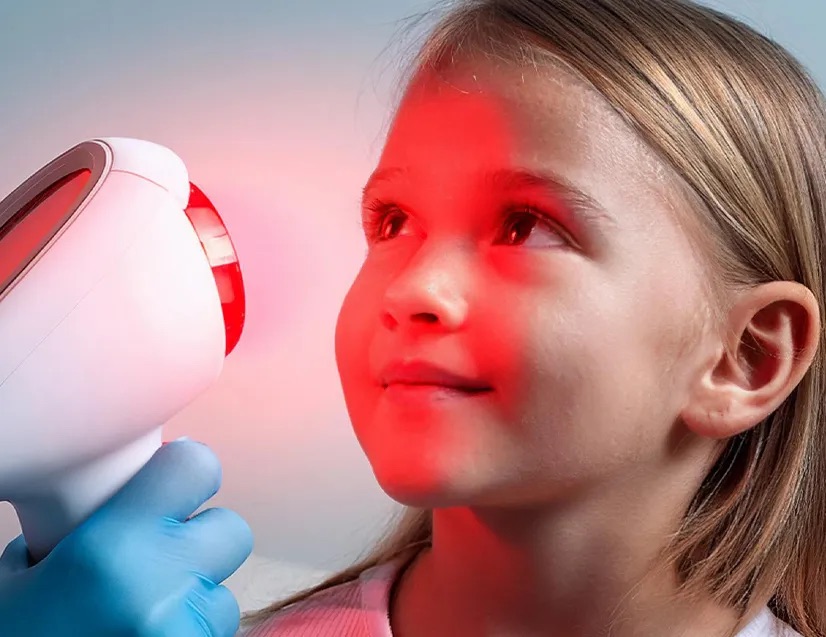 Preliminary research, particularly in China, indicates that red light therapy might slow myopia progression. One study found children who received red light therapy had significantly less eye elongation—a key factor in myopia progression—compared to those using standard glasses. While these results are promising, the studies were conducted over short periods and involved relatively small participant groups.
Preliminary research, particularly in China, indicates that red light therapy might slow myopia progression. One study found children who received red light therapy had significantly less eye elongation—a key factor in myopia progression—compared to those using standard glasses. While these results are promising, the studies were conducted over short periods and involved relatively small participant groups.
Safety Concerns and Risks
The safety of red light therapy remains a major concern. A recent U.S. study cautioned that some red light devices might cause retinal damage, emphasizing the need for strict safety standards. In the absence of FDA approval, unregulated devices available online pose significant risks. Using such devices without medical supervision could potentially harm a child’s vision.
A Balanced Perspective
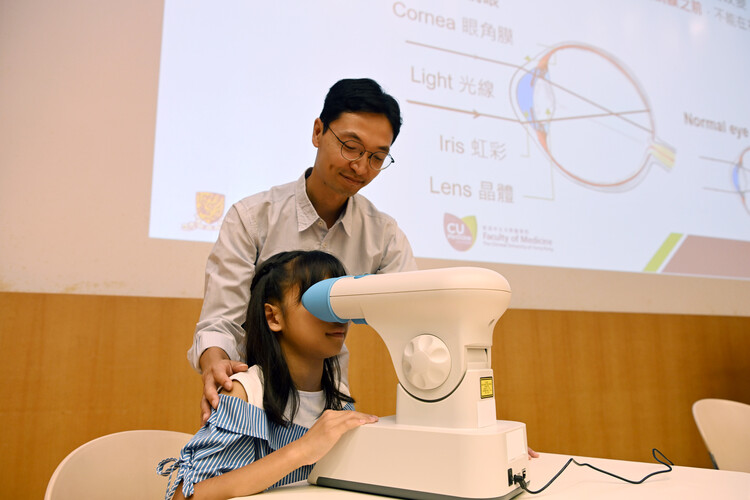 While red light therapy holds potential as a myopia treatment, it’s still in the experimental stage. For now, parents should focus on established methods and consult with an eye care professional to explore the safest and most effective options for their children.
While red light therapy holds potential as a myopia treatment, it’s still in the experimental stage. For now, parents should focus on established methods and consult with an eye care professional to explore the safest and most effective options for their children.





